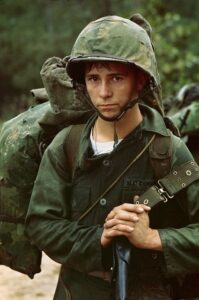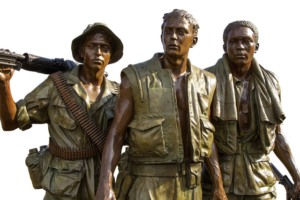 I wrote about the Vietnam War in The Pig Parts Series in part because I wanted to better understand it.
I wrote about the Vietnam War in The Pig Parts Series in part because I wanted to better understand it.
The war lasted many long years. Some Americans blamed young recruits for its length and brutality.
Career military believed that politicians hindered their efforts by limiting the weapons they were allowed to use and compared it to being asked “to fight with one arm tied behind their backs.”
Many Americans considered the draft to be unfair as well as unjust. Blacks, Hispanics and the poor fought and died in Vietnam in unfair numbers while some young men of means and position found ways to avoid service: college deferments; National Guard service; real or imagined physical ailments documented by sympathetic physicians; or, as a last resort, escape to Canada or Mexico. Many Americans believed the U.S. had no business intervening in what some considered to be a civil war.
Americans took sides, and families fractured. Patience ran out while protests and counter protests swelled and clashed, sometimes leaving protesters and innocent bystanders dead.
Troop casualties soared, and most Americans personally knew someone who had been killed, wounded or disabled. TV news featured the carnage every day, up close and in color for the first time ever. Many young men serving in country considered themselves “cannon fodder,” and many Americans agreed with them.
As the war dragged on, most Americans wanted to be done with it.


 Above all else, I want to involve the reader in the characters’ lives and transport him to their world.
Above all else, I want to involve the reader in the characters’ lives and transport him to their world.